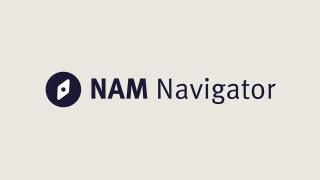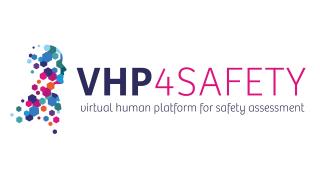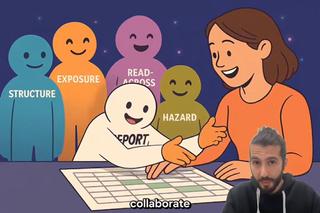ONTOX Hackathon: Hack To Save Lives And Avoid Animal Suffering
Artificial Intelligence (AI) in toxicology – a potential driver for reducing or replacing laboratory animals in the future. ONTOX project is looking for solutions and innovative ideas to move forward. Are you going to help ONTOX to hack into these complex challenges?
The hackathon will be held from 21 to 23 April 2024 in Utrecht Science Park. The whole event is open to a diverse community of forward-thinkers and problem-solvers interested in the intersection of AI and ethical toxicology. The goal is to bring together passionate individuals who seek innovative solutions to critical challenges in toxicology.
Read more about the hackathon and register here.
New

Projects and initiatives
HealthToxicology
The NAM Navigator: A unique repository for information on the validation and acceptance of New Approach Methodologies
The NAM navigator is an innovative knowledge portal to navigate you to and through valuable information on the development, standardization, validation and acceptance of New Approach Methodologies (NAM). The NAM Navigator acts as an online guide that provides specific information needed in each of these steps, thereby increasing the broad use of animal-free innovations. Follow the link in the video to start navigating!

Projects and initiatives
HealthToxicologyIn vitroIn silico
VHP4Safety project
The safety testing of chemicals and pharmaceuticals traditionally relies on animal studies. However, these raise ethical concerns and often fail to accurately predict human responses. New scientific developments offer opportunities to build a Virtual Human Platform (VHP) for safety assessment, a platform that enables assessment based solely on human physiology and biology, integrating data from in vitro and in silico models. This video explains how we are developing the VHP through an interdisciplinary approach. Read the paper in the videolink or visit or VHP4Safety (https://vhp4safety.nl/) for more information.

Innovation examples
HealthToxicologyIn silico
AI agents for safer science: How AI is Changing Chemical Risk Assessment
This video introduces a novel approach to chemical safety, where intelligent digital agents guided by large language models support scientists in making faster, more transparent decisions. By automating complex workflows and integrating tools like the OECD QSAR Toolbox, these agentic systems help prioritise research, reduce reliance on animal testing, and pave the way for safer, more sustainable innovation.